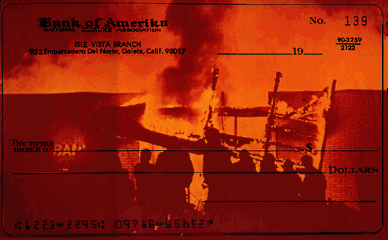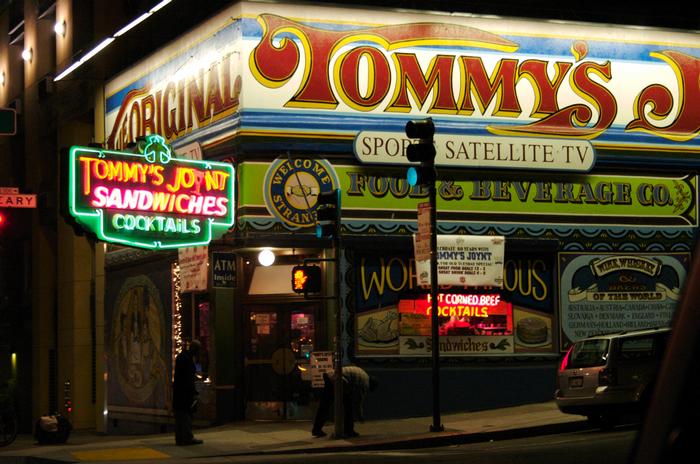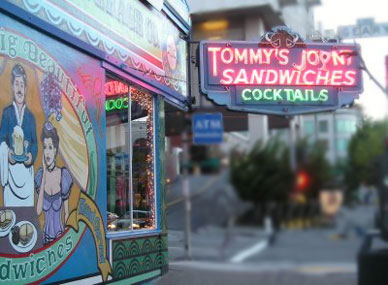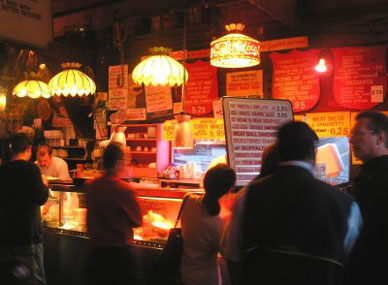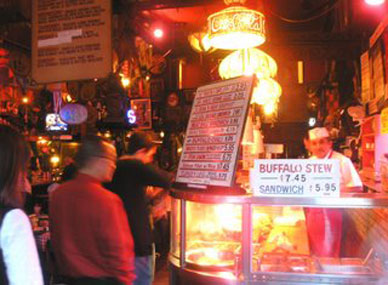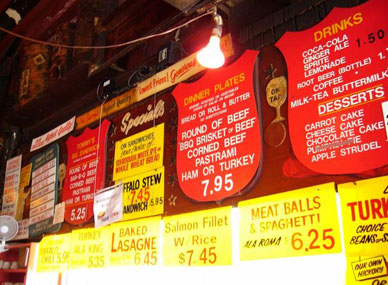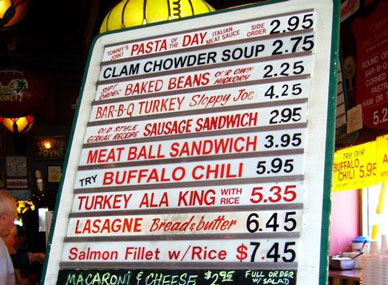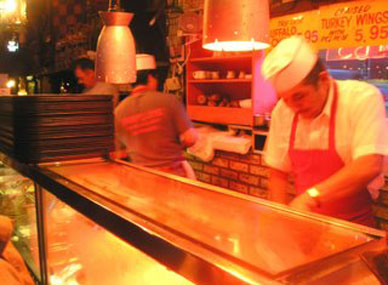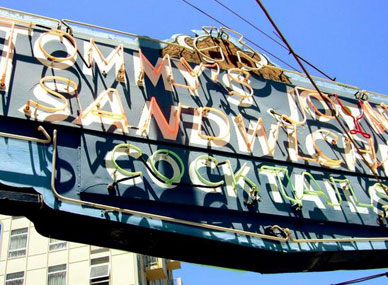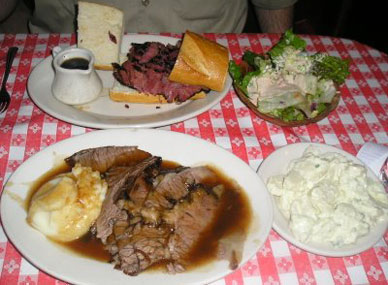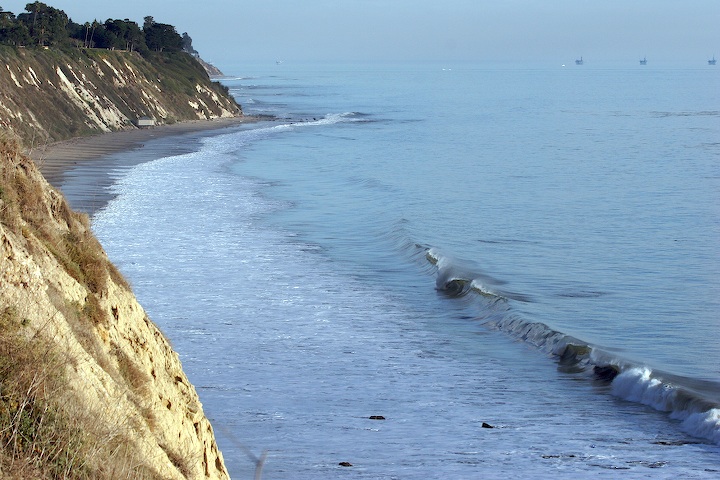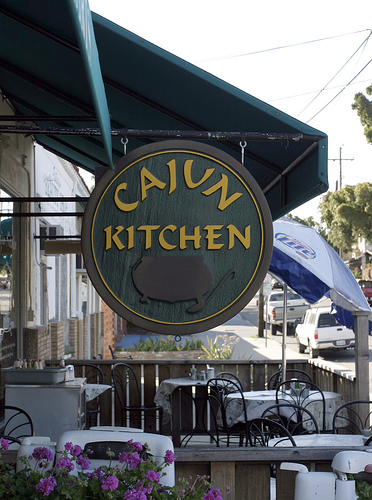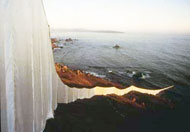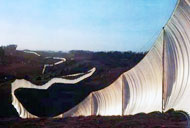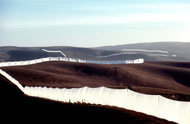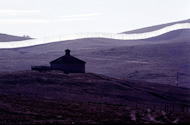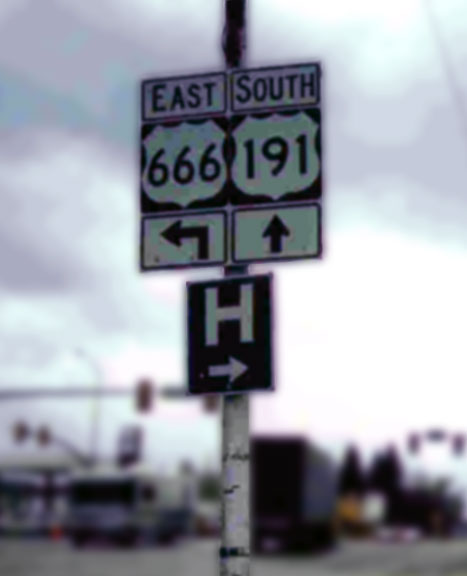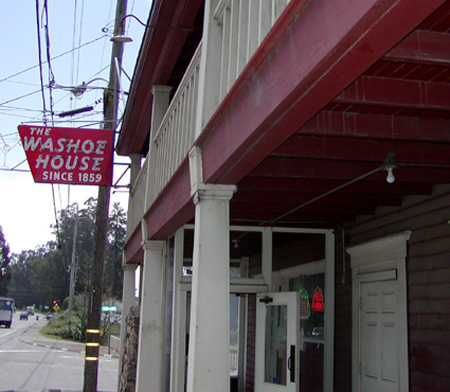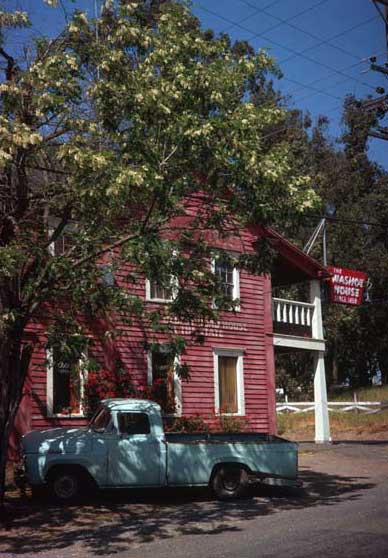Russian River Resort
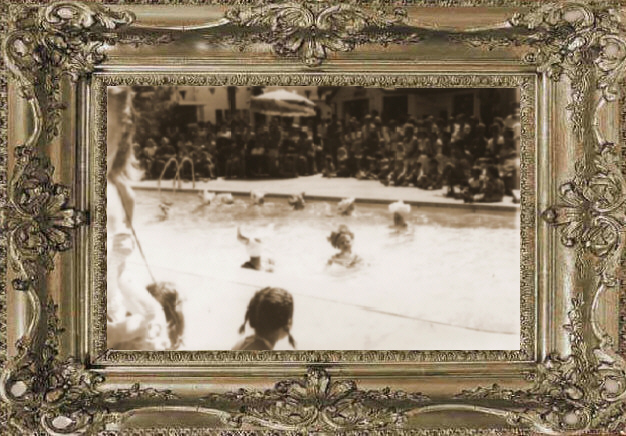
The photo is of the pool at the Russian River Resort, 1954. I think a lot has changed since then, although there is still a pool, the guests today are predominately gay and lesbian. Unaware of any of this and in need of a room for the night, the triple R looked as good a place as any. The sign on the office window directed us to the bar, and our heads still cloudy from the night before, we noticed nothing that would indicate the triple A probably didn’t list the triple R in their guide for places to stay.
We were shown to our cabin, a walk from the bar along the pool. Looking back on it now I’m glad it was winter and the pool was empty of um, frolickers. The image of one guy sitting atop another guys shoulder tossing a beach ball was not one I want to have. At any rate, there we were, cabin #3, just relax for a moment, read the brochure and see what there is to do in Guerneville. WHAT THE HELL? – didn’t even finish reading the first paragraph of the brochure! Tossed-it over to my friend along with the keys to the car where our bags were still. “You go get them.”, “No, you.”, “No, you.” Shit, we’ll both go…don’t look up, don’t make eye contact. Just walk out, along the pool, past the bar, past the office, out the gate and to the car. With Buck Jr. holding his bag behind him pleading “protect me bum, mate”, something in black leather passed us but I only saw the leather pants and boots, my eyes focused on the ground, it was a wonder that either of us looked up to see which cabin number we were stopping at.
Actually a peaceful, restful stay. We didn’t return to the bar at the triple R, but instead headed to the bar at the Union Hotel in Occidental for drink and Italian food. I can’t recall if a condom on the pillow replaces a chocolate, and it’s a safe bet that I’ll never return, but all in all, at least that night, it was a restful stay. I give it a Three Star Triple A rating.




